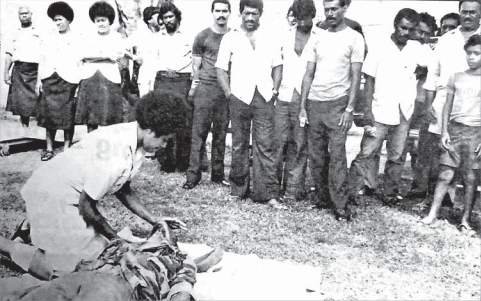The public’s casual attitude towards first aid and safety measures in everyday living prompted St John Ambulance Association and Brigade Commissioner Richard Herman to call for increased public education and awareness in saving lives on roads and in homes.
According to an article published by The Fiji Times on June 28, 1985, Mr Herman had said people were dying on our roads every day, most of them while being transported to the hospital.
“And many lives could be saved if people know how to administer basic first aid,” he said.
In many cases, Mr Herman said, the important first step was to stop bleeding and handle a patient in the correct manner so as not to injure him or worsen his condition.
“People prefer to think that a situation won’t arise where there will be a need for immediate action.
“Many people would either panic or stand by helplessly, unable to do anything. Precious minutes are wasted.
“Simple guidelines and techniques taught in the first aid course could enable a person to save a life.”
The association was running a First Aid Week to encourage people to play an active role in health care and saving lives.
“It is only once every year that we ask the public for their help,” Mr Herman said.
“The association receives a subsidy of only $9000 per annum from the Government and occasional help from the WHO.”
Mr Hermain said the ambulance service would close down if it did not receive more funds.
“The poor people of the country would then suffer,” Mr Herman said.
The association raised funds through activities such as films, lotteries and dinner dances. It offered a free course in first aid and in cardiopulmonary resuscitation (CPR) for the public.
Public meetings were held every Wednesday afternoon at the association’s headquarters on Rodwell Rd.
Earlier, the association had CPR and a first aid demonstration at Naboro, and then later at various schools around the country.



